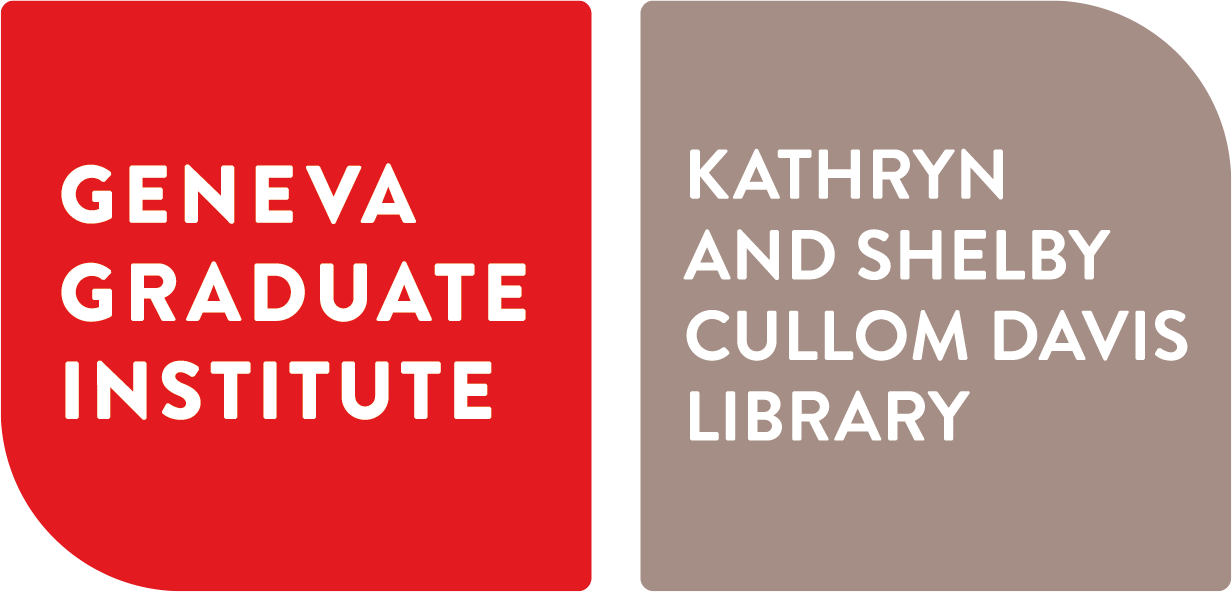Files
Abstract
Situated in Jordan, a “humanitarian hub” of the MENA region, this research explores the role of bureaucracy in (re)producing a humanitarian afterlife. Conceptualizing a “humanitarian afterlife,” it attends to the aftermath of the so-called Syrian refugee crisis in Jordan and asks what it means to live and work in an extended emergency that is simultaneously no longer and not over. It examines how, over time, humanitarian interventions transform into development programs and traces the processes through which such transformations generate living conditions of “no exits.” Addressing the power of bureaucracy in producing and sustaining life in “no exits,” but also how people navigate in, through, and beyond the limits of such conditions, this research contributes to scholarship on humanitarianism, time and waiting, bureaucracy, displacement, and the Middle East. Through 16 months of ethnographic fieldwork engaging with local humanitarians and Syrian refugees in urban spaces, irregular tented settlements (ITSs) and in Azraq Refugee camp, the study explores how bureaucratic processes at different levels thread humanitarianism as imagined, practiced, and lived together. It examines how international organizations, states, and donors envision humanitarian operations, how these visions are framed and formulated in plans and policy documents, how they are implemented on the street-level, and how humanitarians and refugees navigate them. Tracing the interconnections between these processes, this ethnography proposes that bureaucracy is not an epistemological tool “of knowing and doing” humanitarianism but a condition through which certain humanitarian epistemologies are made.
